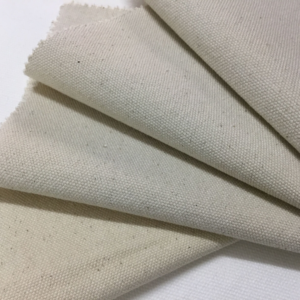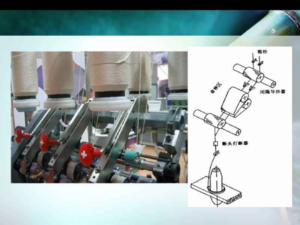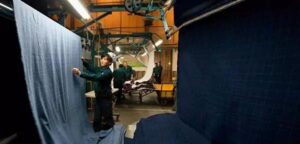
What’s griege/ loomstate? What are the kinds of greige/ Loomestate?
What is greige? Greige refers to the fabric that has not been processed after weaving. Natural fabrics for printing and dyeing. The billet cloth on industry is to point to fabric commonly, perhaps laminated greige, the greige of glue.
What are the kinds of greige?





